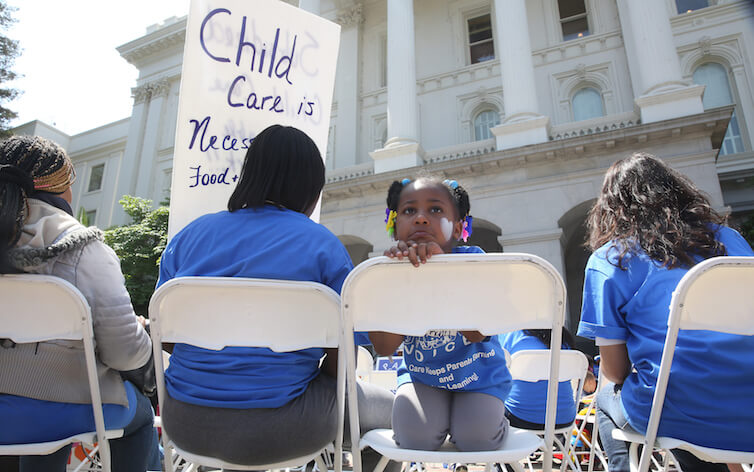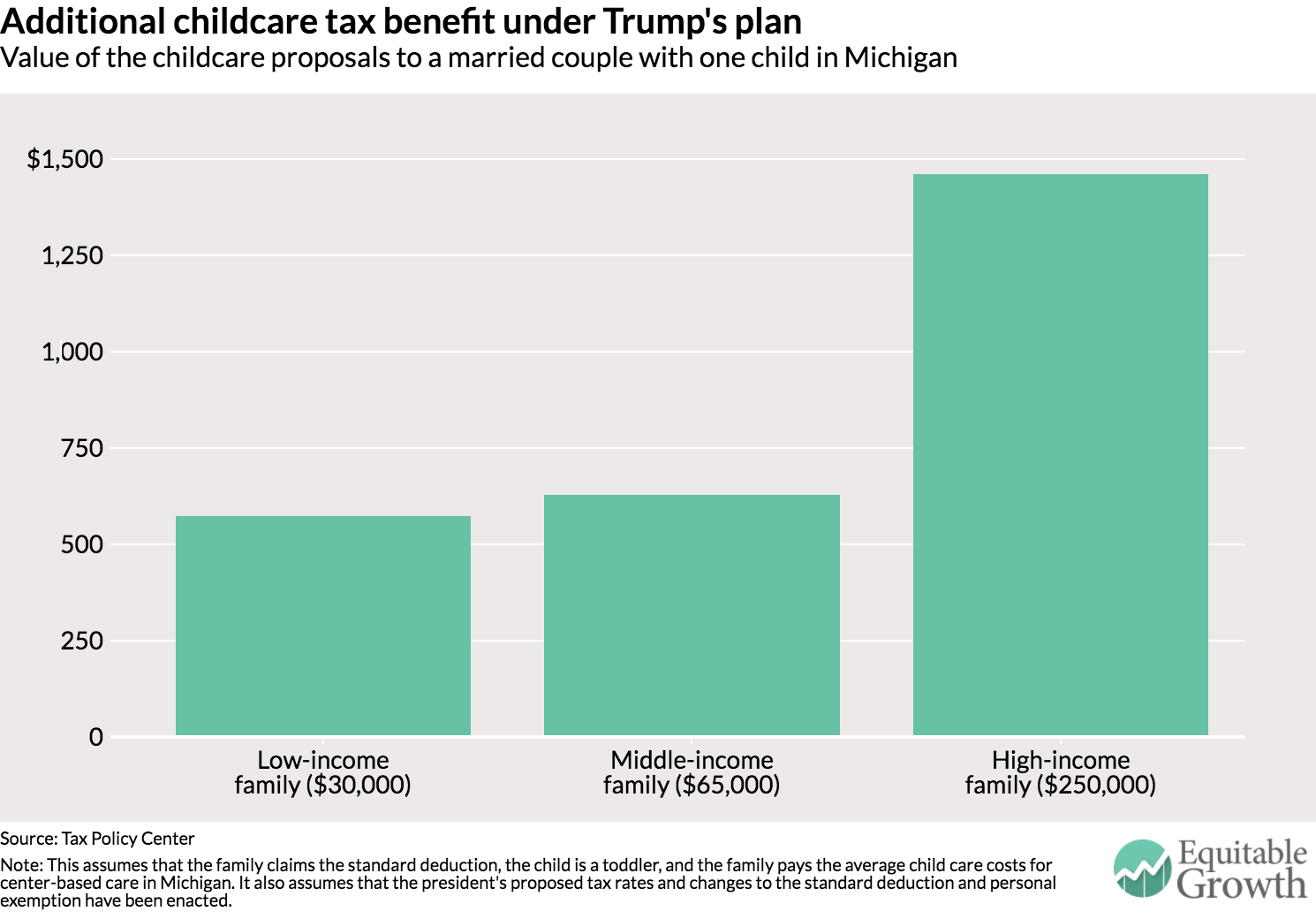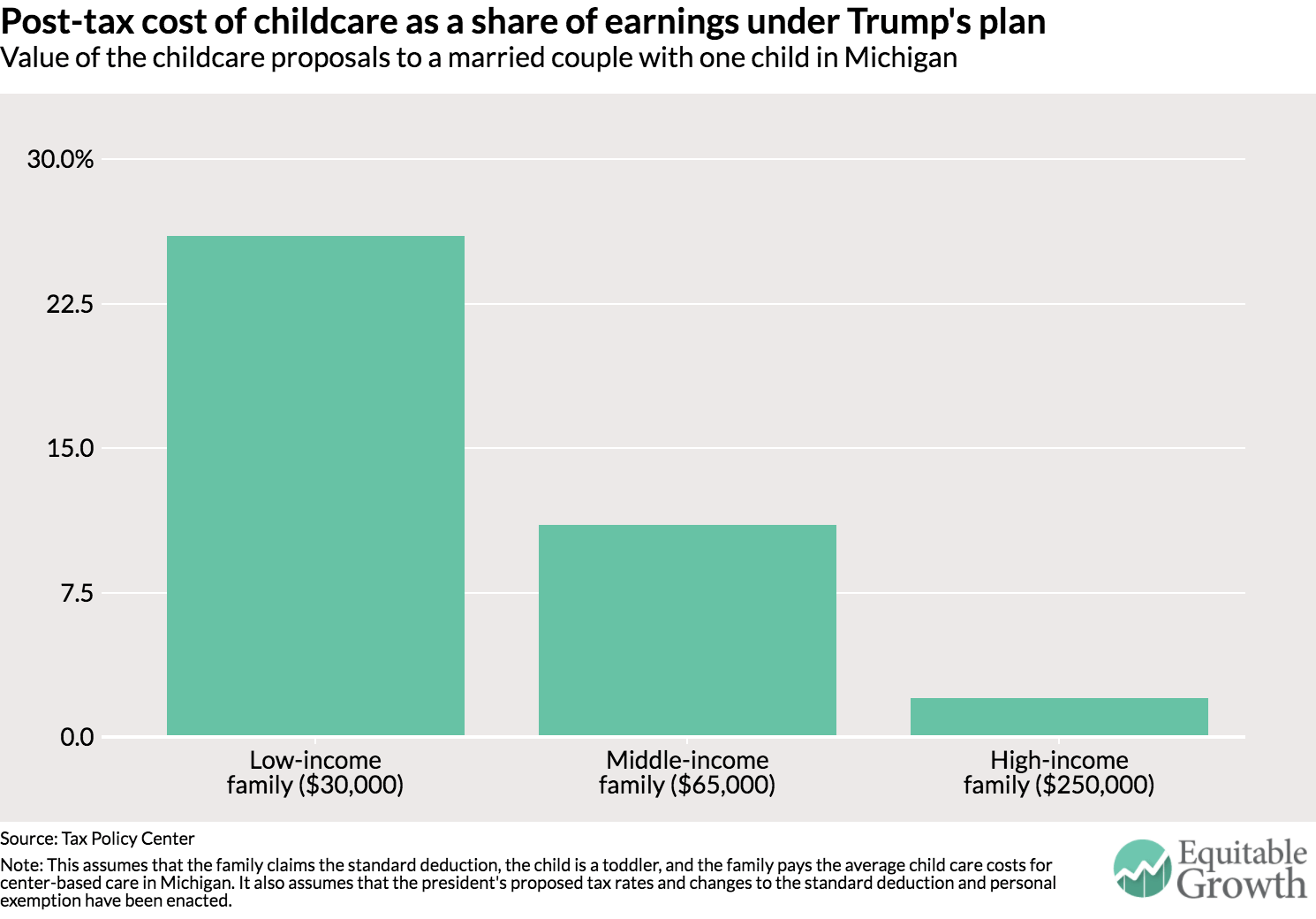Should-Read: When Yale made the long overdue decision to dename the Residential College Formerly Named After the Odious John C. Calhoun, a bunch of alumni–who had never before remarked on how odious John C. Calhoun had been–came out of the woodwork to protest that we will be impoverished if we do not memorialize even the bad parts of our history.
It seemed to me it would have been much better–shame on you, Financial Times–to mark the event by reprinting Hofstadter’s Calhoun chapter on “The Marx of the Master Class”, or the “Young Calhoun” chapter from Sidney Blumenthal’s A Self-Made Man–the first volume of his in-progress series: The Political Life of Abraham Lincoln. So I wrote to Sidney asking permission to reprint the “Young Calhoun” chapter on my weblog. He passed it along to Simon & Schuster. Silence…
But the galleys of Blumenthal’s second volume: Wrestling with His Angel showed up in my mailbox. It is excellent:
Sidney Blumenthal (2017): Wrestling with His Angel, 1849-1856 <http://amzn.to/2mgAPd9>: “Lincoln had no expectation that restoring the Missouri Compromise would ever occur…
…In my humble sphere, I shall advocate the restoration of the Missouri Compromise, so long as Kansas remains a territory; and when, by all these foul means, it seeks to come into the Union as a Slave-state, I shall oppose it. I am very loath, in any case, to wishhold my assent to the enjoyment of property acquired, or located, in good faith; but I do not admit that* good faith, in taking a negro to Kansas, to be held in slavery, is a *possibility with any man. Any man who has sense enough to be controller of his own property, has too much sense to misunderstand the outrageous character of this whole Nebraska business. But I digress.
Bad faith, according to Lincoln, was not restricted to the pro-slavery invaders of Kansas, but infected the entire matter from beginning to end, and the beginning was located with Douglas. Far from being a principled act, Douglas’s bill was the product of bribery and coercion. It came from politics, and it was only through politics that Lincoln believed its corrosive effects could be countered.
In my opposition to the admission to Kansas I shall have some company; but we may be beaten. If we are, I shall not, on that account, attempt to dissolve the Union. On the contrary, if we succeed, there will be enough of us to take care of the Union. I think it probable, however, we shall be beaten. Standing as a unit among yourselves, you can, directly and indirectly, bribe enough of our men to carry the day–as you could on an open proposition to establish monarchy Get hold fo some man in the North, whose position and ability is such, that he can make support of your measure–whatever it may be–a Democratic Party necessity, and the thing is done.
Apropos of this, let me tell you an anecdote. Douglas introduce the Nebraska bill in January. In February afterwards, there was a call session of the Illinois Legislature. Of the one hundred members comping the two branches of that body, about seventy were Democrats. These latter held a caucus, in which the Nebraska bill was talked of, if not formally discussed It was thereby discovered that just three, and no more, were in favor of the measure.
In a day or two Douglas’s orders came on to have resolutions passed approving the bill; and they were passed by large majorities!!! The truth of this is vouched for by a bolting Democratic member. The masses too, Democratic as well as Whig, were even nearer unanimous against it ;but as soon as the party necessity of supporting it became apparent the way the Democracy began to see the wisdom and justice of it was perfectly astonishing….
Amid the chaos, where did Lincoln pace himself? In short, who did he think he was? And what was he? That was the central question Speed had asked him six months earlier:
You enquire where I now stand. That is a disputed point I think I am a Whig; but others say there are no Whigs, and that I am an abolitionist. When I was at Washington I voted for the Wilmot Proviso as good as forty times, and I never heard of anyone attempting to unwhig me for that. I now do no more than oppose the extension of slavery.
Lincoln was not really arguing with Speed, but with the velocity of events…. Not least in the forefront of his thinking was the threat of the Know-Nothings, attracting many of “my old political and personal friends”, as he had told Lovejoy, and absorbing the Whig Party itself:
I am not a Know-Nothing. That is certain. How could I be? How can anyone who abhors the oppression of negroes, be in favor of degrading classes of white people? Our progress in degeneracy appears to me to be pretty rapid. As a nation, we began be declaring that ‘all men are created equal’. We now practically read it ‘all men are created equal, except negroes‘. When the Know-Nothings get control, it will read ‘all men are created equal, except negroes, and foreigners, and Catholics….
Within two years of shedding the husk of the Whig Party and assuming the identity of a Republican, Lincoln sounded his own Emersonian note about destiny, but edged with a resonant biblical tone… his “House Divided” speech of June 16, 1858. His sense of time and timing had become acute. “The fight must go on”, he would write to a friend two weeks after his defeat to Douglas in the 1858 Senate race:
The cause of civil liberty must not be surrendered at the end of one or even one hundred defeats. Douglas had the ingenuity to be supported in the late contest both as the best means to break down and to uphold the Slave interest. No ingenuity can keep those antagonist elements in harmony long. Another explosion will soon come….
Lincoln’s political education was long, but the moment of Lincoln’s awakening from his political slumber was sudden. In early 1855, traveling the county court circuit, staying overnight in a boardinghouse, his discussion with a former judge and a fellow lawyer, T. Lyle Dickey, a conservative Old Whig, went on deep into the night. “Judge Dickey contended that slavery was an institution, which the Constitution recognized, and which could not be disturbed. Lincoln argued that ultimately slavery must become extinct”, recalled another Illinois lawyer, William Pitt Kellogg. “After a while”, said Dickey, “we went upstairs to bed. There were two beds in our room, and I remember that Lincoln sat up in his nightshirt on the edge of the bed, arguing the pint with me. At last, we went to sleep. Easy in the morning I woke up, and there was Lincoln half sitting up in bed”.
“Dickey”, said Lincoln, “I tell you this nation cannot exist half slave and half free”.
“Oh, Lincoln”, replied Dickey, “go to sleep”.
If a kingdom is divided against itself, that kingdom cannot stand. And if a house is divided against itself, that house will not be able to stand–Mark 3:24-5
Every kingdom divided against itself is laid waste, and a divided household falls–Luke 11:17


 Opioid abuse, or more accurately the upsurge in opioid abuse, is a headline-grabbing concern for many policymakers, who alongside a number of researchers are wading through the causes and implications of this epidemic. Research showing rising
Opioid abuse, or more accurately the upsurge in opioid abuse, is a headline-grabbing concern for many policymakers, who alongside a number of researchers are wading through the causes and implications of this epidemic. Research showing rising 


